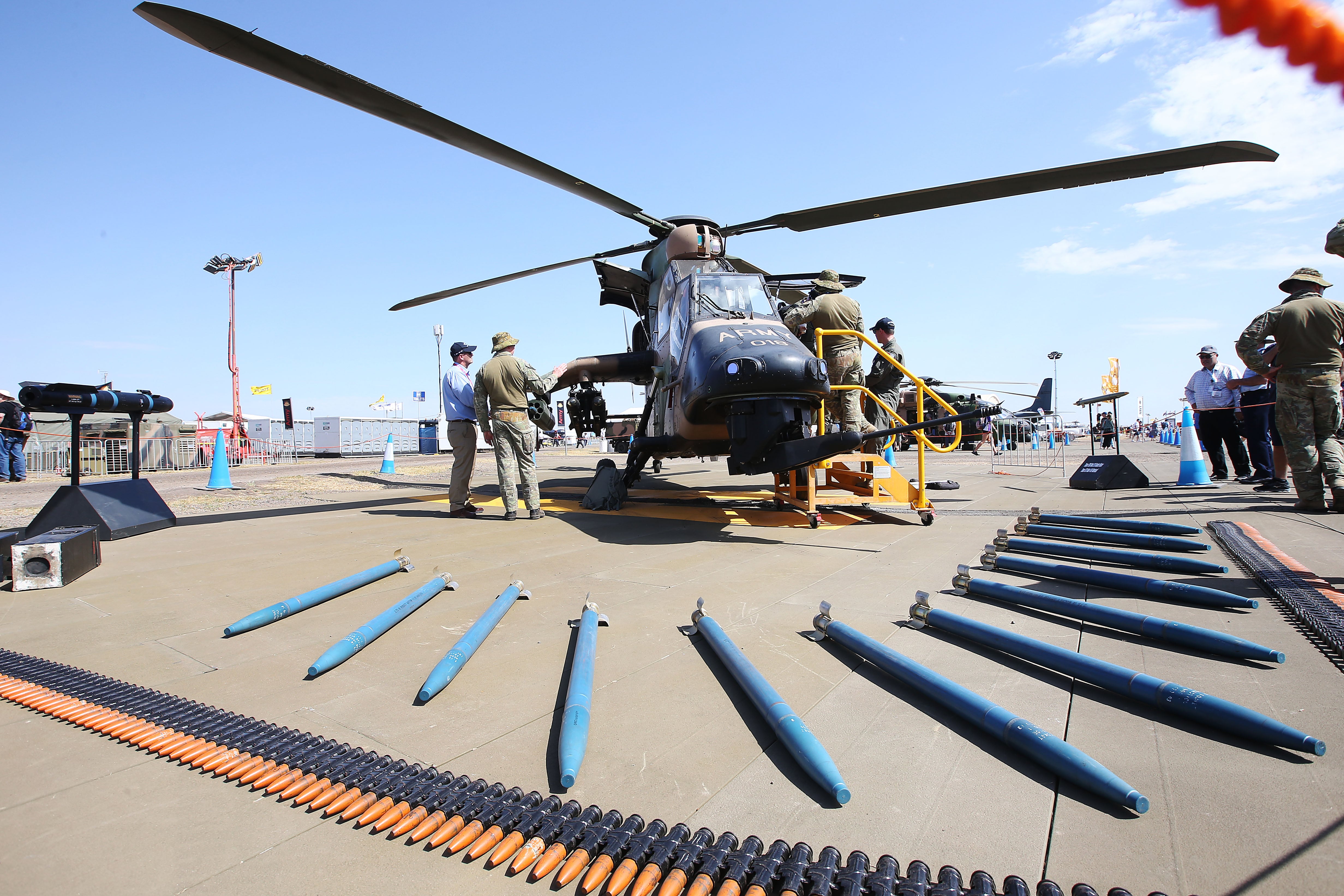MELBOURNE, Australia – Australian defense leaders this week denied claims that their department was urged to consider alternatives to the navy's plans of buying 12 large conventionally-powered submarines from France's Naval Group.
The claims, reported by local news media in the wake of an Australian National Audit Office (ANAO) report about the program earlier this week, suggested negotiations with Naval Group were at such a poor state the Commonwealth-appointed Naval Shipbuilding Advisory Board had earlier recommended drawing up contingency plans.
However, in a statement released Wednesday by Secretary of Defence Greg Moriarty, Chief of Defence Force Gen. Angus Campbell, Chief of Navy Vice Admiral Mike Noonan and Deputy Secretary Naval Shipbuilding, Tony Dalton, denied the claims.
“Contrary to media interpretations of ANAO’s latest report on the Future Submarine Program, Defence was not advised to ‘walk away’ from Naval Group by the Naval Shipbuilding Advisory Board,” the statement read.
“In line with best practice and following the advice of the Advisory Board, Defence has continued to assess all of the risks that attend this highly complex program. At each stage, we are adopting relevant risk mitigation strategies. The ANAO acknowledges that Defence has taken steps to manage risks.”
The 12 Attack-class submarines are being acquired under Australia’s Sea 1000 (Future Submarine) program to replace six existing Collins-class boats which, without a major service life extension program, will need to be retired by 2036. The design is based on the French Barracuda-class nuclear attack boat, and the program is valued at either $34.5 billion (50 billion Australian dollars), or $55.2 billion (AUD 80 billion), depending on accounting practices. Either way, it is Australia’s largest-ever defense acquisition program.
RELATED

The ANAO report, titled “Transition to Design,” found that the design phase of the program is already nine months behind schedule and two important milestones had been missed. It said Defence “could not demonstrate” its expenditure of $396 million (US $273 million) on the design to date has been fully effective in achieving the two milestones to date. The Defence Department has spent 47 percent of all program expenditure thus far on design work and, despite the risk mitigation strategies, it continues to describe program risk as “high”.
“While the first scheduled major milestone under the Submarine Design Contract was reached five weeks later than planned, Defence and Naval Group are working towards the recovery of this delay by the next contracted major milestone in January 2021. Importantly, the delivery of the Attack-class submarine has not been delayed,” the statement continued.
“Acknowledging the scale of this program, we remain confident that our work on the Attack-class program with Naval Group and Lockheed Martin Australia (as the Combat Systems Integrator) is progressing thoroughly and will result in the delivery of a regionally-superior submarine from the early 2030s, establishing a truly sovereign capability as we maximize the involvement of Australian industry.”
The Sea 1000 program timeline calls for delivery of the first Attack-class boat in 2032 with service entry around 2034.
Nigel Pittaway is the Australia correspondent for Defense News.







